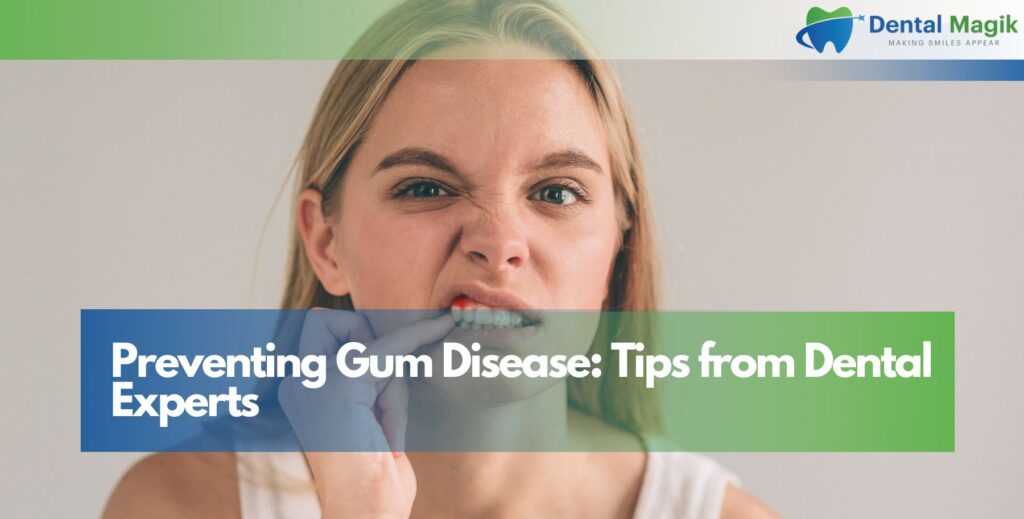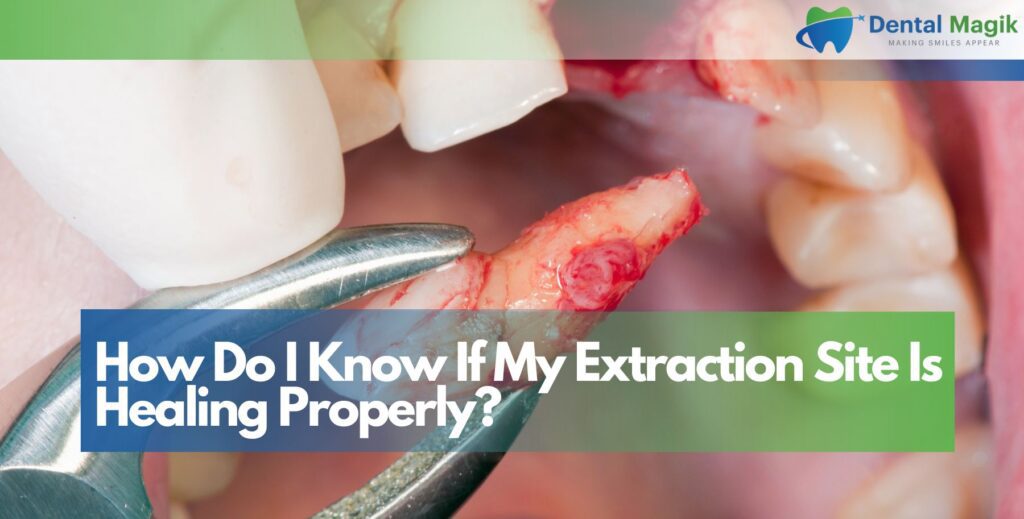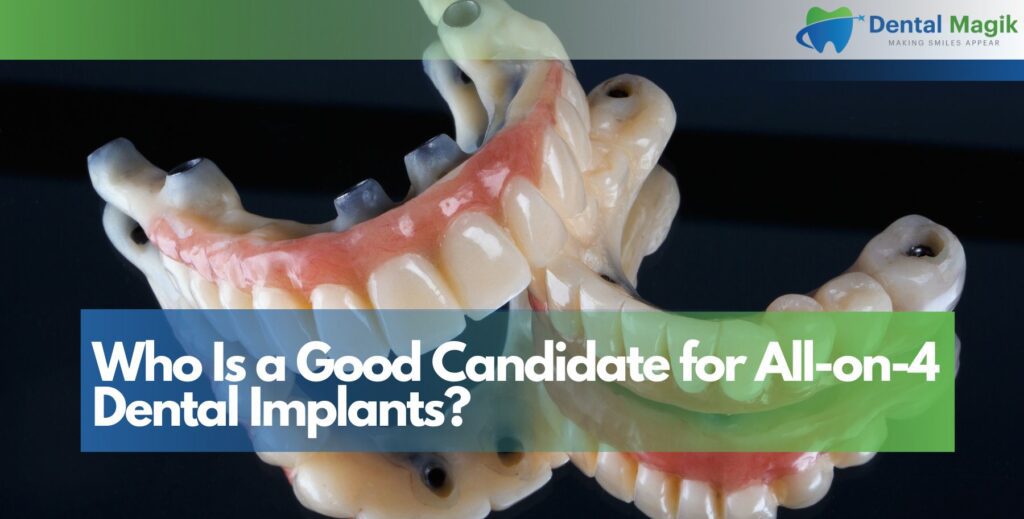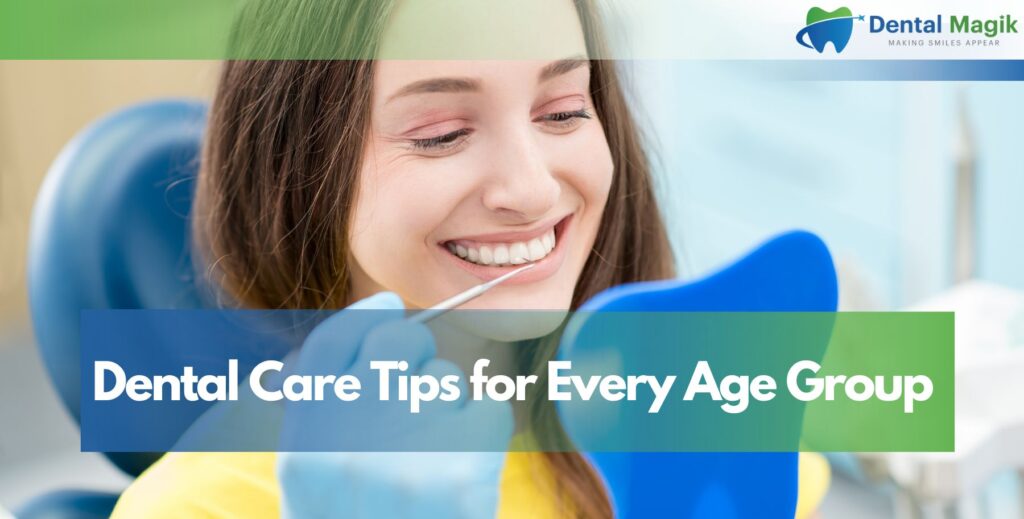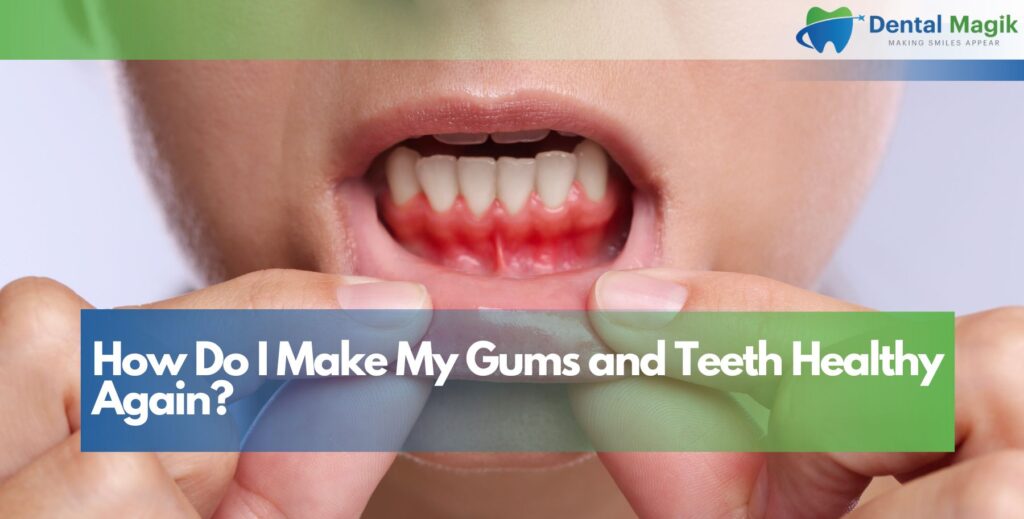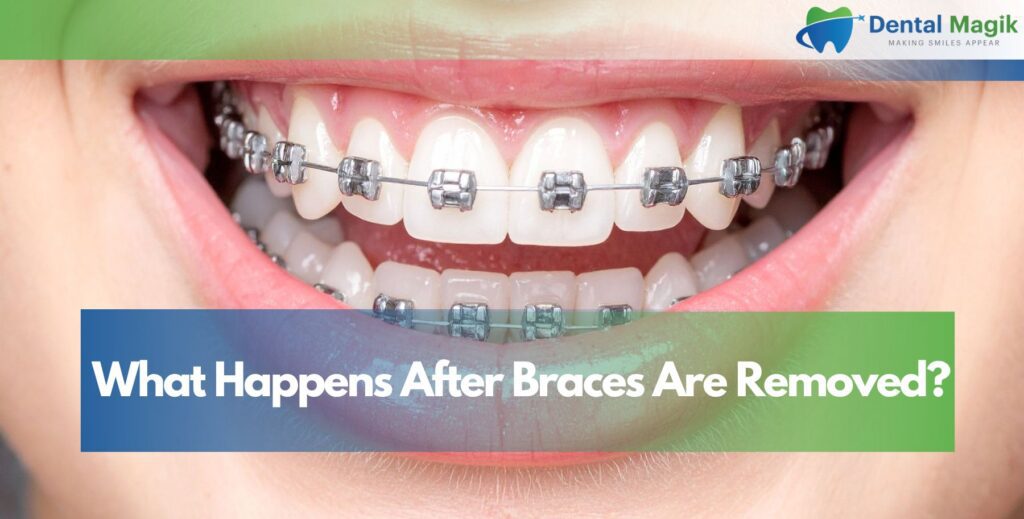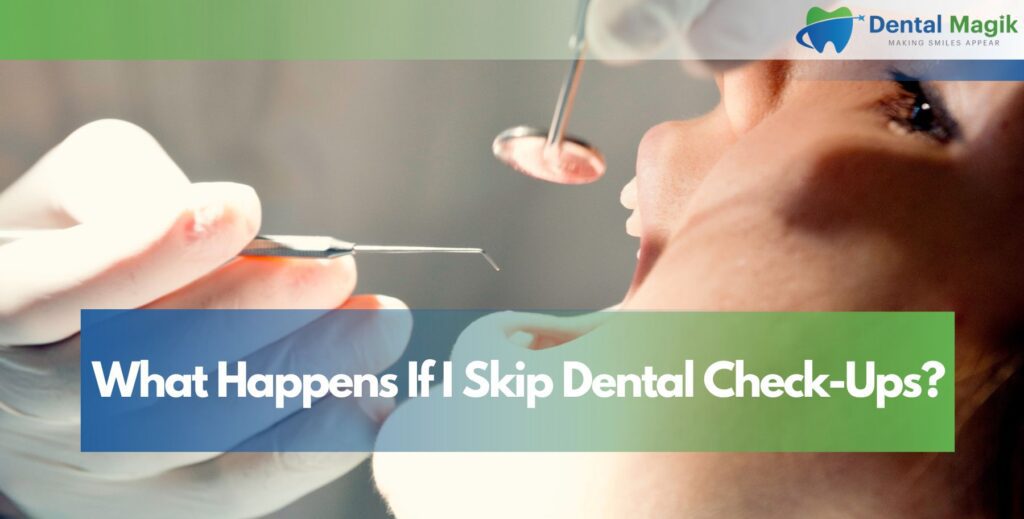Gum disease affects millions of people worldwide, yet it remains one of the most preventable oral health conditions. From mild gingivitis to severe periodontitis, gum disease can significantly impact your overall health and quality of life. The good news is that with proper knowledge and consistent care, you can protect your gums and maintain optimal oral health throughout your lifetime.
Understanding the causes, symptoms, and prevention strategies for gum disease is crucial for everyone, regardless of age. Dental experts emphasize that prevention is always better than treatment, and the habits you develop today will determine your oral health outcomes for years to come.
Understanding Gum Disease: The Basics
Gum disease, also known as periodontal disease, is a bacterial infection that affects the tissues surrounding and supporting your teeth. It begins when plaque, a sticky film of bacteria, accumulates along the gum line. If not removed through proper oral hygiene, this plaque hardens into tartar, which can only be removed by professional dental cleaning.
The progression of gum disease typically occurs in stages. Gingivitis, the earliest stage, involves inflammation of the gums characterized by redness, swelling, and bleeding during brushing or flossing. At this stage, the condition is reversible with proper care and professional treatment.
If left untreated, gingivitis can advance to periodontitis, a more serious form of gum disease. During this stage, the infection spreads below the gum line, causing the gums to pull away from the teeth and form pockets that become infected. The body’s immune response to this infection, combined with bacterial toxins, begins to break down the bone and connective tissue that hold teeth in place.
Advanced periodontitis represents the final stage of gum disease, where the fibers and bone supporting the teeth are destroyed. This can cause teeth to become loose, shift, or eventually fall out. The damage at this stage is often irreversible and requires extensive treatment to manage.
Early Warning Signs and Symptoms
Recognizing the early warning signs of gum disease is essential for prompt intervention and successful treatment. Many people don’t realize they have gum disease because the early stages can be painless and develop gradually over time.
Bleeding gums are often the first noticeable symptom of gum disease. If your gums bleed when you brush or floss, this is not normal and indicates inflammation. Healthy gums should never bleed during routine oral hygiene activities.
Swollen, red, or tender gums are another common early symptom. Healthy gums should be firm and pale pink. If you notice that your gums appear puffy, bright red, or feel tender to the touch, these could be signs of gingivitis.
Persistent bad breath or a bad taste in your mouth that doesn’t improve with brushing or mouthwash use can indicate bacterial overgrowth associated with gum disease. The bacteria that cause gum disease produce toxins that can create an unpleasant odor or taste.
Receding gums, where the gum line pulls back from the teeth, making teeth appear longer than before, is another warning sign. This recession can expose tooth roots, leading to sensitivity and increased risk of decay.
Changes in your bite or the way your teeth fit together when you close your mouth can indicate that gum disease has progressed to affect the supporting structures of your teeth. Loose or separating teeth are signs of advanced gum disease that require immediate professional attention.
Expert-Recommended Prevention Strategies
Dental experts consistently emphasize that prevention is the most effective approach to managing gum disease. The foundation of prevention lies in maintaining excellent oral hygiene habits and making informed lifestyle choices that support gum health.
Proper brushing technique is fundamental to gum disease prevention. Experts recommend brushing at least twice daily with fluoride toothpaste, using a soft-bristled toothbrush. The brushing technique should focus on the gum line, where plaque typically accumulates. Hold your toothbrush at a 45-degree angle to your gums and use gentle, circular motions rather than aggressive back-and-forth scrubbing.
Electric toothbrushes have been shown to be more effective than manual toothbrushes at removing plaque and reducing gingivitis. The consistent motion and timing features of electric toothbrushes help ensure thorough cleaning while preventing over-brushing that can damage gum tissue.
Daily flossing is equally important as brushing for preventing gum disease. Flossing removes plaque and food particles from between teeth and along the gum line where toothbrush bristles cannot reach. Proper flossing technique involves gently guiding the floss between teeth and curving it around each tooth in a C-shape to clean below the gum line.
Antimicrobial mouthwash can provide additional protection against the bacteria that cause gum disease. Look for mouthwashes that have been clinically proven to reduce plaque and gingivitis. However, mouthwash should supplement, not replace, brushing and flossing.
Professional Dental Care and Regular Cleanings
Even with excellent home care, professional dental cleanings are essential for preventing gum disease. During these appointments, dental hygienists use specialized tools to remove tartar and plaque that cannot be eliminated through brushing and flossing alone.
The frequency of professional cleanings depends on your individual risk factors for gum disease. While most people benefit from cleanings every six months, those with a history of gum disease or other risk factors may need more frequent visits, typically every three to four months.
Professional cleanings also include a thorough examination of your gums and teeth. Your dental hygienist will measure the depth of the pockets around your teeth using a small ruler called a probe. Healthy gums typically have pocket depths of 1-3 millimeters, while deeper pockets may indicate the presence of gum disease.
Regular dental checkups allow for early detection and treatment of gum disease. When caught early, gingivitis can often be reversed with improved oral hygiene and professional cleanings. However, once gum disease progresses to periodontitis, more intensive treatments may be necessary.
Professional treatments for gum disease may include scaling and root planing, a deep cleaning procedure that removes tartar and bacteria from below the gum line and smooths the tooth roots to promote healing. In severe cases, surgical interventions may be necessary to restore gum health.
Lifestyle Factors That Impact Gum Health
Several lifestyle factors can significantly influence your risk of developing gum disease. Understanding and addressing these factors is crucial for comprehensive gum disease prevention.
Smoking and tobacco use are among the most significant risk factors for gum disease. Tobacco use impairs blood flow to the gums, reducing their ability to fight infection and heal properly. Smokers are also more likely to develop severe forms of gum disease and respond poorly to treatment.
Diet plays a crucial role in gum health. A diet high in sugary and starchy foods provides fuel for the bacteria that cause gum disease. Conversely, a diet rich in vitamins C and D, calcium, and antioxidants supports healthy gum tissue and helps the body fight infection.
Stress can weaken your immune system, making it harder for your body to fight off infections, including those that cause gum disease. Chronic stress can also lead to teeth grinding and clenching, which can damage the supporting structures of your teeth.
Certain medications can affect gum health by reducing saliva production or causing gum overgrowth. If you take medications regularly, discuss their potential effects on your oral health with your dentist or physician.
Hormonal changes, particularly in women, can increase the risk of gum disease. Pregnancy, menstruation, and menopause can all make gums more sensitive and susceptible to inflammation. Women experiencing hormonal changes should be particularly diligent about their oral hygiene routine.
Advanced Prevention Techniques
Beyond basic oral hygiene, several advanced techniques can further reduce your risk of gum disease. Oil pulling, an ancient practice involving swishing oil in your mouth, has gained popularity for its potential benefits in reducing harmful bacteria and improving gum health.
Tongue cleaning is often overlooked but can be an important component of comprehensive oral hygiene. The tongue can harbor bacteria that contribute to gum disease and bad breath. Using a tongue scraper or brushing your tongue gently can help remove these bacteria.
Probiotic supplements or foods containing beneficial bacteria may help maintain a healthy balance of bacteria in your mouth. Some studies suggest that certain probiotics can reduce inflammation and improve gum health, though more research is needed in this area.
Water flossers or oral irrigators can be helpful supplements to traditional flossing, especially for people with braces, implants, or other dental work that makes traditional flossing difficult. These devices use pressurized water to remove plaque and bacteria from between teeth and along the gum line.
The Connection Between Gum Disease and Overall Health
Research has established strong connections between gum disease and various systemic health conditions. Understanding these connections underscores the importance of maintaining good gum health for overall well-being.
Cardiovascular disease has been linked to gum disease, with some studies suggesting that the bacteria from gum infections can enter the bloodstream and contribute to heart disease and stroke. While the exact mechanism is still being researched, the association is strong enough that dental experts recommend good oral hygiene as part of heart-healthy lifestyle choices.
Diabetes and gum disease have a bidirectional relationship. People with diabetes are at higher risk for gum disease, and gum disease can make it more difficult to control blood sugar levels. This creates a cycle where each condition can worsen the other.
Respiratory infections may be more common in people with gum disease, as bacteria from the mouth can be inhaled into the lungs. This is particularly concerning for elderly individuals or those with compromised immune systems.
Pregnancy complications, including preterm birth and low birth weight, have been associated with gum disease. Pregnant women should be especially vigilant about maintaining good oral hygiene and seeking regular dental care.
Creating a Sustainable Oral Health Routine
Developing and maintaining a consistent oral health routine is essential for preventing gum disease. The key is to make your routine simple, effective, and sustainable for long-term success.
Start by establishing a twice-daily brushing routine at consistent times, such as after breakfast and before bed. Use a timer or an electric toothbrush with a built-in timer to ensure you brush for the recommended two minutes.
Incorporate flossing into your daily routine, ideally at the same time each day. Many people find it easier to floss before brushing, as this allows the fluoride from toothpaste to reach areas between teeth that have just been cleaned.
Keep your oral hygiene supplies easily accessible and replace them regularly. Toothbrushes should be replaced every three to four months or after illness, and floss should be fresh and easy to use.
Consider using reminder apps or setting phone alarms to help establish your routine until it becomes automatic. Many people find it helpful to track their oral hygiene habits for the first few weeks to ensure consistency.
Conclusion
Preventing gum disease requires a comprehensive approach that combines excellent daily oral hygiene, regular professional dental care, and healthy lifestyle choices. The tips and strategies outlined by dental experts provide a roadmap for maintaining healthy gums throughout your lifetime.
Remember that gum disease is largely preventable with proper care and attention. By implementing these expert recommendations and maintaining consistency in your oral health routine, you can significantly reduce your risk of developing gum disease and enjoy the benefits of a healthy, beautiful smile.
If you’re experiencing any signs of gum disease or haven’t had a professional cleaning in the past six months, don’t wait to seek professional care. Early intervention is key to preventing progression and maintaining optimal oral health. For residents seeking comprehensive dental care and expert guidance on preventing gum disease, consulting with a qualified dentist in East Brunswick, NJ can provide personalized recommendations and treatment options tailored to your specific needs.
Frequently Asked Questions (FAQs)
How often should I brush and floss to prevent gum disease?
Brush at least twice daily with fluoride toothpaste and floss once daily. Some people may benefit from brushing after every meal, especially if they’re at higher risk for gum disease.
Can gum disease be reversed?
Gingivitis, the early stage of gum disease, can often be reversed with improved oral hygiene and professional treatment. However, more advanced stages of gum disease cannot be completely reversed, though they can be managed and prevented from progressing further.
Are electric toothbrushes better than manual ones for preventing gum disease?
Studies show that electric toothbrushes are generally more effective at removing plaque and reducing gingivitis compared to manual toothbrushes. The consistent motion and timing features help ensure thorough cleaning.
What foods should I avoid to prevent gum disease?
Limit sugary and starchy foods, sodas, and sticky snacks that can feed harmful bacteria. Instead, focus on foods rich in vitamins C and D, calcium, and antioxidants that support gum health.
How do I know if I have gum disease?
Common signs include bleeding gums, swollen or red gums, persistent bad breath, receding gums, and loose teeth. If you notice any of these symptoms, schedule a dental appointment promptly.
Can stress cause gum disease?
While stress doesn’t directly cause gum disease, it can weaken your immune system and make it harder for your body to fight off infections. Stress can also lead to teeth grinding and poor oral hygiene habits.
Is gum disease contagious?
While gum disease itself isn’t contagious, the bacteria that cause it can be transmitted through saliva, such as through kissing or sharing utensils. However, good oral hygiene can prevent these bacteria from causing problems.
How much does gum disease treatment cost?
Treatment costs vary depending on the severity of the condition and the type of treatment needed. Basic cleanings are relatively affordable, while advanced treatments like scaling and root planing or surgery can be more expensive. Many dental insurance plans cover preventive care and basic treatments.
Can children get gum disease?
Yes, children can develop gingivitis, though severe gum disease is less common in children. Teaching good oral hygiene habits early is crucial for preventing gum disease throughout life.
How long does it take to see improvement in gum health?
With improved oral hygiene and professional treatment, you may notice reduced bleeding and inflammation within a few weeks. However, complete healing can take several months, depending on the severity of the condition.

